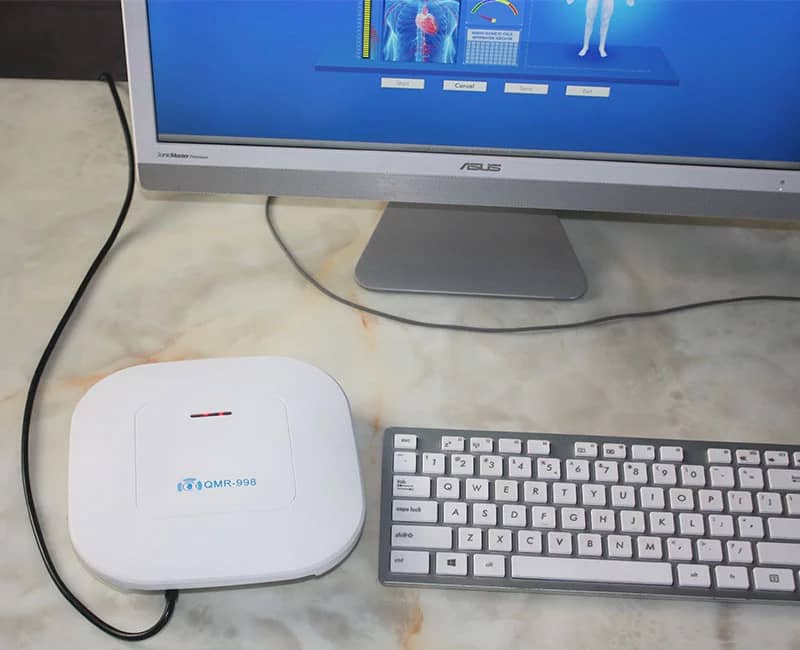
- #HARD DISK HEALTH TOOLS INSTALL#
- #HARD DISK HEALTH TOOLS PLUS#
- #HARD DISK HEALTH TOOLS PROFESSIONAL#
- #HARD DISK HEALTH TOOLS FREE#
Clock synchronization with atomic clock.Wide range of alerts (e-mail, sound, message, etc.).Backup and restore configuration, statistics.Run as Application or Service (for non-admin users).Display status on tray, disk icons, desktop/sidebar.Detect self-monitoring attributes, changes/degradations.Support IDE/SATA/SCSI/SAS/USB/NVMe drives.
#HARD DISK HEALTH TOOLS FREE#
Display hard disk / SSD health and free space details.In addition, it also offers scheduled and automatic disk backup options to prevent data loss due to things like malware or accidental deletions. Because it comes with a very excellent disk health rating system, which is very sensitive to all kinds of disk problems, even a minor hard drive problem will not be missed. Hard Disk Sentinel is also an excellent data protection solution to prevent hard drive failures and data loss. It not only provides complete text descriptions to prompt and display/report the most comprehensive information about your computer’s internal or external hard drives, but also offers many different alarms and reporting options to ensure the maximum security of your valuable data on disk. monitoring system to monitor, analyze and report various hard disk status, including health, performance, temperature, failure and other important parameters, and can find, test, diagnose, and fix some problems with disk drives. Hard Disk Sentinel uses the built-in S.M.A.R.T. It is mainly used to monitor and alert hard drive activity and temperature to help users avoid data loss before the hard drive fails.
#HARD DISK HEALTH TOOLS PROFESSIONAL#
In this tutorial, we covered a very important topic concerning disk drive health diagnostics, you can reach us via the feedback section below to share your thoughts or ask any questions and remember to always stay connected to Tecmint.Hard Disk Sentinel is a professional and powerful HDD/SSD monitoring and analyzing tool for Windows and Linux platforms, developed by Heartfelt Development Services from Hungary. The result above indicates that your hard disk is healthy, and may not experience hardware failures any soon.įor an overview of disk information, use the -a or -all option to print out all SMART information concerning a disk and -x or -xall which displays all SMART and non-SMART information about a disk. Now execute the smartctrl command and name your specific device as an argument as in the following command, the flag -H or -health is included to display the SMART overall health self-assessment test result. You can look through its man page or help page as follows: $ man smartctl Once the installation is complete, use smartctl which controls the S.M.A.R.T system integrated into a disk.
#HARD DISK HEALTH TOOLS INSTALL#
You can install smartmontools by running the command below: - On Debian/Ubuntu based systems. This method is more reliable and efficient for modern disks (ATA/SATA and SCSI/SAS hard drives and solid-state drives) which ship in with a S.M.A.R.T (Self-Monitoring, Analysis and Reporting Technology) system that helps detect, report and possibly log their health status, so that you can figure out any impending hardware failures. Scan Bad Sectors on Linux Disk Using Smartmontools

$ sudo e2fsck -l badsectors.txt /dev/sda10 Specifically for ext2/ext3/ext4 file-systems. The -l option tells the command to add the block numbers listed in the file specified by filename ( badsectors.txt) to the list of bad blocks. You will need to employ e2fsck (for ext2/ext3/ext4 file systems) or fsck command with the badsectors.txt file and the device file as in the command below.

In case you discover any bad sectors on your disk drive, unmount the disk and instruct the operating system not to write to the reported sectors as follows. In addition, the results of the operation are stored in the file badsectors.txt by means of output redirection. In the command above, badblocks is scanning device /dev/sda10 (remember to specify your actual device) with the -v enabling it to display details of the operation. Then scan your Linux disk drive to check for bad sectors/blocks by typing: $ sudo badblocks -v /dev/sda10 > badsectors.txt
#HARD DISK HEALTH TOOLS PLUS#
The device can be a hard disk or an external disk drive, represented by a file such as /dev/sdc.įirstly, use the fdisk command with superuser privileges to display information about all your disk drives or flash memory plus their partitions: $ sudo fdisk -l A badblocks program enables users to scan a device for bad sectors or blocks.


 0 kommentar(er)
0 kommentar(er)
